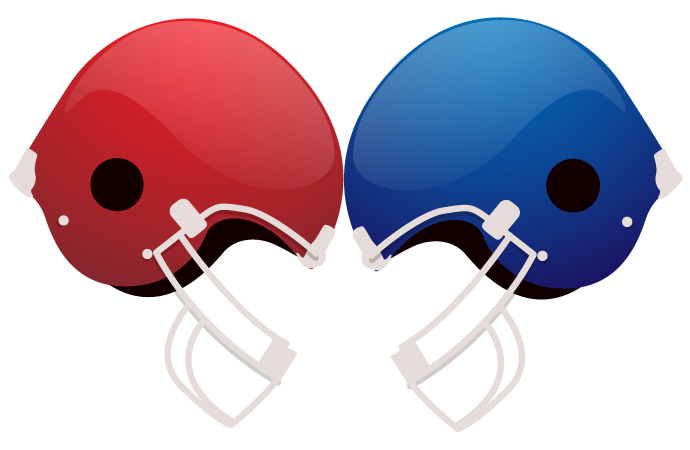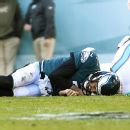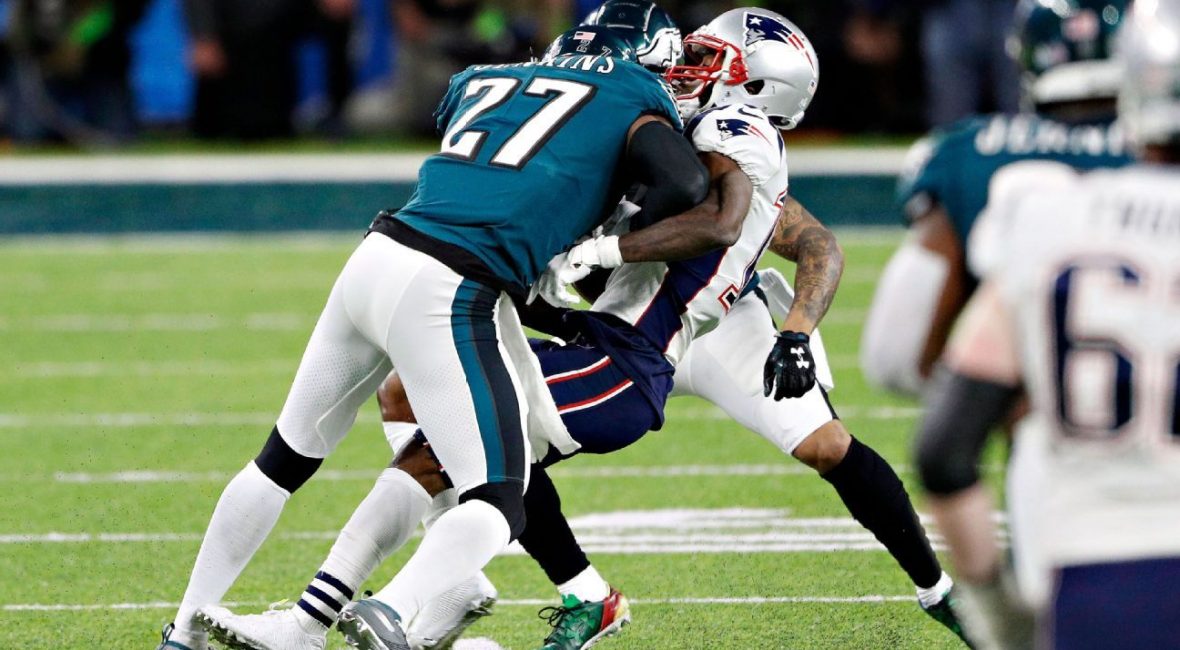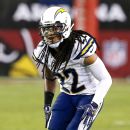RICHMOND — Washington Redskins safety D.J. Swearinger says the NFL’s helmet-to-helmet is “eliminating football, the real football” and will force defenders to strike low.
A new rule this season will penalize players 15 yards for lowering their helmets upon contact, taking the helmet-to-helmet rule one step further. There’s also a chance players might be ejected from the game for targeting. Swearinger was most upset with the helmet-to-helmet aspect of the rule, saying it leads to problems for defensive backs — and could lead to more problems for offensive players.
“They want us to, I guess, hit with our shoulder,” Swearinger said. “I guess not hit a guy when he ducks. So I guess we just gotta aim for the knees. That’s the only way I know how. If you don’t want me to hit you, then I guess it’s the only way, the only way.”

More than $500 million in claims were approved as of Monday under the NFL’s concussion settlement, nearly a decade earlier than league officials estimated they would reach that amount.

Bears rookie Roquan Smith remains unsigned in part because of language in his contract that would allow the team to reclaim guaranteed money if the linebacker is suspended under the NFL’s new helmet-contact rules, a source confirmed to ESPN.
1 Related
Five years ago, Swearinger was criticized by some for a low hit on Miami tight end Dustin Keller, leading to multiple torn ligaments. After the game, Swearinger said he had no choice, saying he’d be fined if he hit him high.
Swearinger’s recent comments from training camp were consistent with what he has said since the new rule was announced at the owners meetings in March. That day, Swearinger tweeted, “Obviously Not Football ANYMORE! THE GAME WE LOVE IS GETTING DESTROYED EVERYDAY.”
When NFL officials visited the Philadelphia Eagles last week, side judge Mark Perlman told reporters that players on both sides of the ball would be penalized 15 yards when they lower their helmet upon contact. They also told reporters it wouldn’t be a penalty if the player was bracing for contact.
“As players, we’re in the game and you want to be part of every conversation,” Redskins corner Josh Norman said. “But are we? I don’t know anyone getting seats at the table at that meeting or having any influence on it.”
He said no one should tackle by leading with their helmet.
“That’s basic football 101,” Norman said. “Head up, bow neck, tackle with your facemask. It’s not with the crown of your head. People get paralyzed like that. Who does that? I know if I have a play like that, it’s an accidental play. Now it’ll be easier for refs to throw another flag for something a player, in that split second, didn’t intend to do.”
The Carolina Panthers had that time of situation in camp Monday.
Rookie safety Rashaan Gaulden had a violent helmet-to-head collision with wide receiver Jarius Wright in the back of the end zone. First teammates and then coach Ron Rivera spoke to Gaulden about the hit that could have resulted in a 15-yard penalty and possible ejection.
“Every time we see something that looks close or suspect I’ll go up the guy and mention it to him,” Rivera said. “We had a collision today in the red zone. I went over and talked to the player and said that’s going to be suspect because that falls right into the spear idea of using your helmet.
“We’ve got to make sure these young people understand it. Quite honestly, it’s going to take more than just us talking to them. It’s got to be filtered down to Pee Wee football. They’ve got to learn to tackle properly, that the heads not a head to be used.”
Rivera said Gaulden’s hit wasn’t intentional and may have been difficult to avoid.
“It was a bang-bang hit,” he said. “The thing he has to understand is where the head is positioned. It’s one of the things these guys have to learn when these bang-bang plays happen they can’t happen with the head. They have to happen with the head here (side), chest up.”
Information from ESPN’s David Newton was used in this report.






